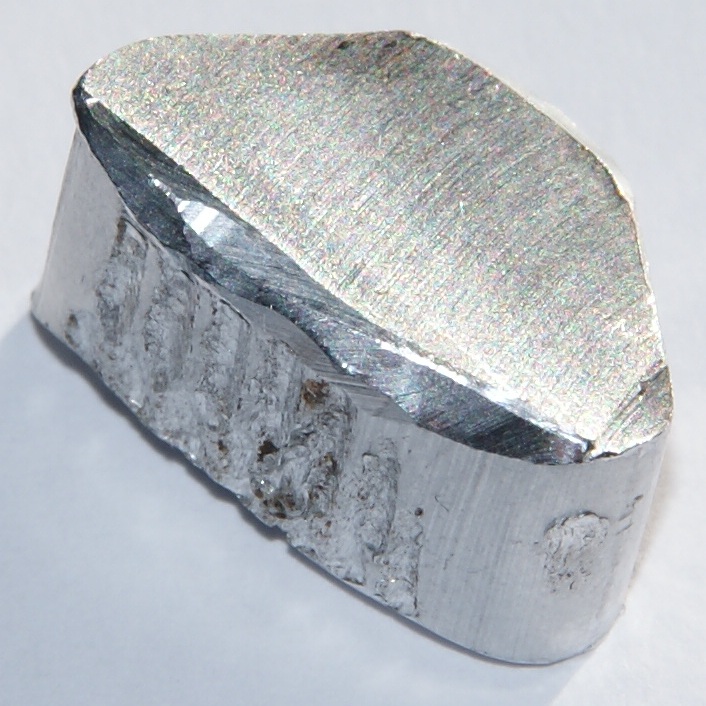-
SAMT® Vacuum Industrial Furnace
Codere® Vertical Modular Heat Treatment Line
Pyradia® Light Alloy Heat Treatment
EMO® Hösel® LPW® Precision Cleaning System
SAMT® Selective Laser Melting Machine
-
SAMT® Vacuum Technology
Codere® Vertical Modular Heat Treatment
Pyradia® Light Alloy Heat Treatment
EMO® Hösel® Industrial Cleaning
LPW® Precision Cleaning
Aluminium alloys (or aluminum alloys; see spelling differences) are alloys in which aluminium (Al) is the predominant metal. The typical alloying elements are copper, magnesium, manganese, silicon, tin and zinc. There are two principal classifications, namely casting alloys and wrought alloys, both of which are further subdivided into the categories heat-treatable and non-heat-treatable. About 85% of aluminium is used for wrought products, for example rolled plate, foils and extrusions. Cast aluminium alloys yield cost-effective products due to the low melting point, although they generally have lower tensile strengths than wrought alloys. The most important cast aluminium alloy system is Al–Si, where the high levels of silicon (4.0–13%) contribute to give good casting characteristics. Aluminium alloys are widely used in engineering structures and components where light weight or corrosion resistance is required.
Alloys composed mostly of aluminium have been very important in aerospace manufacturing since the introduction of metal-skinned aircraft. Aluminium-magnesium alloys are both lighter than other aluminium alloys and much less flammable than alloys that contain a very high percentage of magnesium.
Aluminium is remarkable for its low density and its ability to resist corrosion through the phenomenon of passivation. Aluminium and its alloys are vital to the aerospace industry and important in transportation and building industries, such as building facades and window frames. The oxides and sulfates are the most useful compounds of aluminium.
ALUMINUM
Heat treated to produce stable tempers
SAMT
SAMT team had the career background of the steel metallurgy company, and profession on heat treatment and surface engineering of metal materials. We have the vision to develop SAMT as the system supplier who independently own the core technology of materials and metallurgy, and keep the world-advanced leading position by the consistent innovation.
Contact
How can we help you?
Telephone hotline
400 615 3008


